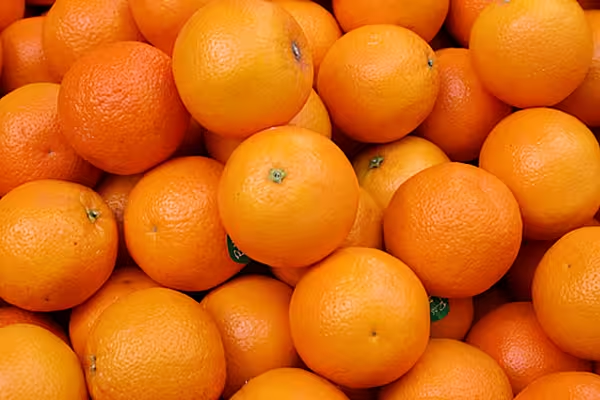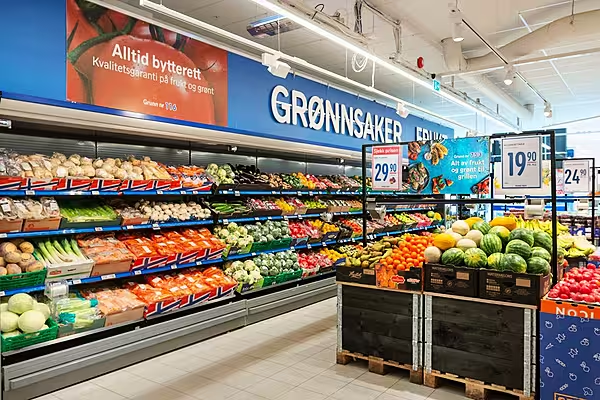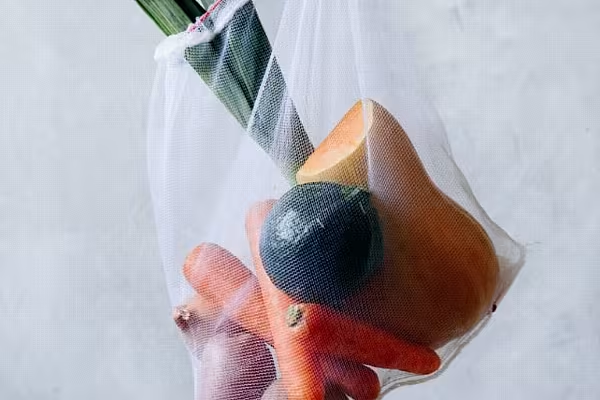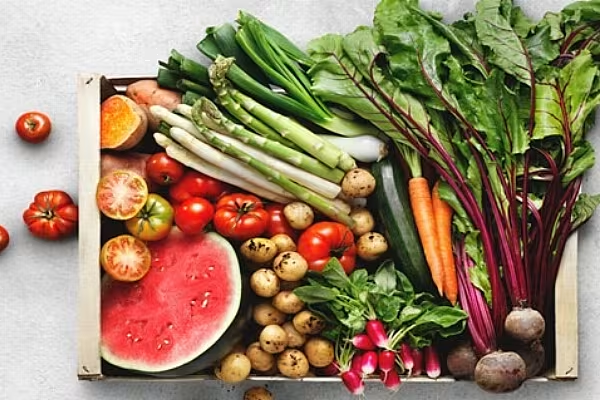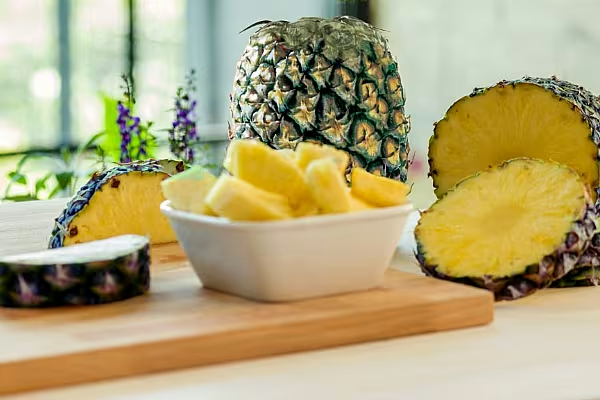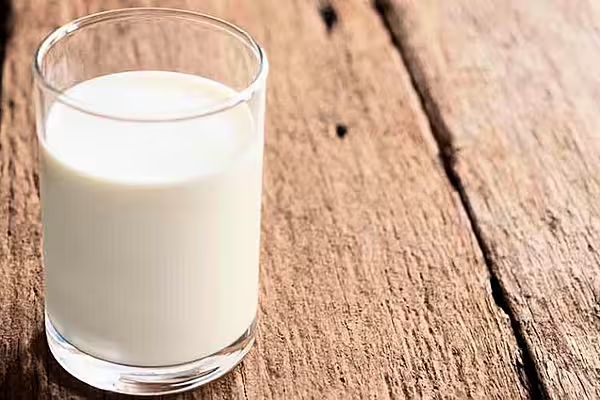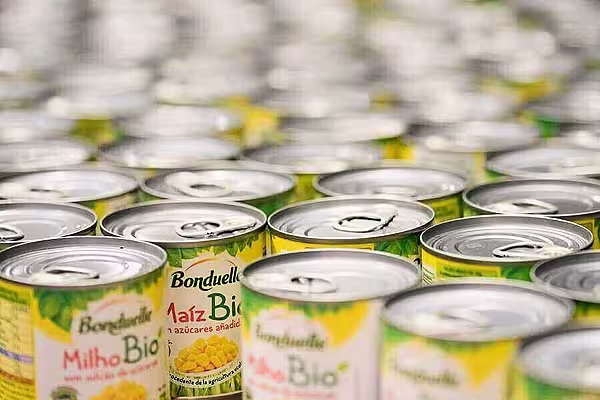High prices and climate change have decimated harvests, with the result that Italians are buying less and less fruit, new data from farmers association Coldiretti has found.
Fruit consumption dropped to 2.2 billion kilograms last year in Italy, which is 8% less than the previous year and slightly over half of what it was in 2000.
Pear consumption among Italians declined by 17%, oranges and table grapes by 11%, peaches, nectarines and kiwis by 8%, and apples by 5%.
Coldiretti has warned that individual consumption has fallen below the minimum threshold of 400 grams of fresh fruit and vegetables per person, recommended by the World Health Organization (WHO) for a healthy diet.
In addition, those consuming less fruit and vegetables are mainly children and adolescents, with quantities that are even below half of the daily requirement, thus increasing the risks of obesity and related diseases.
Apples remain the most consumed national fruit in Italy, followed by oranges and clementines, the study found.
Read More: Top 10 European Countries By Fruit And Vegetable Consumption
Increased Use Of Farmers' Markets
On the positive side, there has been an increase in purchases directly from producers and at farmers' markets, according to an analysis carried out by Fondazione Campagna Amica.
In purchasing more local produce, consumers can guarantee greater seasonality and freshness, which, not being subject to long transport times, lasts longer and, consequently, eliminates waste, the group said.
The fruit and vegetable sector in Italy employs some 400,000 people, with a turnover of €15 billion a year between the fresh and processed sectors.
© 2023 European Supermarket Magazine – your source for the latest fresh-produce news. Article by Branislav Pekic. Click subscribe to sign up to ESM: European Supermarket Magazine.
